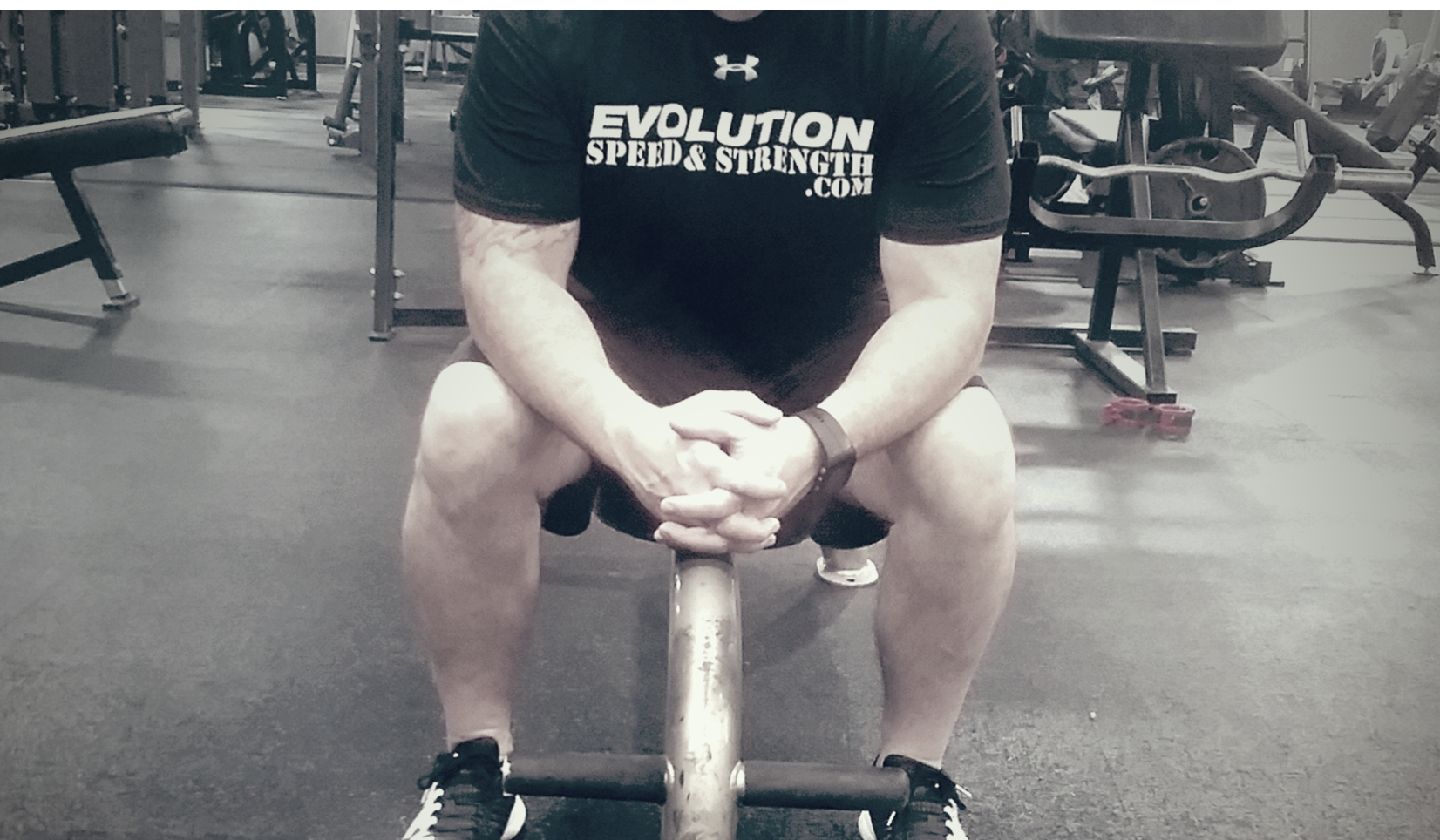Because... Biceps!
- johnhelmsley
- Feb 7, 2021
- 3 min read
Updated: Feb 18, 2021
Why are these muscles important to your athletic development and should NOT be ignored.

Choose from 8 stunning layouts
"I've never seen biceps win a race”
This is a common sentiment in the 2 wheel world, conveying the idea that the biceps don't have an impact on athletic performance. Therefore exercises that focus on the biceps are simply a waste of time or bicep curls were evil because they isolated one muscle group and not multiple muscle groups like the compound movements of squats, deadlifts, and lunges.
Wrong!
Using a piece of equipment used in a specific sport doesn't make it "sports specific” (I’ve seen people pushing their bikes around in some weird CrossFit fashion as part of a workout) The reality is anything that makes you better in your sport or enhances your performance is sports specific training. The bench press strengthens your upper body and enhances your pushing power. A Squat helps you generate force so you can jump higher. Both can be classified as sport specific.
Because, well... biceps!
Back to our friend, the Bicep Curl. As with any sport, racers want to bulk up and look like superman and look good in short sleeves, but does it really carry over to performance on the track?
The Bicep Curl targets two major muscles: the biceps brachii and the brachialis. The biceps brachii is a two-headed muscle that attaches the radius bone of the forearm to the scapula. It's also a flexor of the elbow, and it helps turn the forearm so your palm can face outward as well as bring your upper arm forward and upward as if giving an uppercut. The brachialis sits toward the lower half of your upper arm, under the biceps brachii. It attaches to your humerus and the ulna bone of your forearm, and it's the most powerful flexor of the elbow - it helps to bend your elbow.
The Bicep curl impacts several important movements. The same muscles used during a Bicep curl help flex the elbow joint we use when we hang clean so we can build explosive power or the latissimus dorsi when we do a pull-up to strengthen our lats. This then translates directly to your on bike performance.
Working your biceps will do several things:
Athletes gain muscle mass.
Athletes improve body composition.
Athletes feel gain confidence.
Athletes gain strength-
Some more specific things are:
Pulling Power -
Grip and bicep strength play a large role in your ability to pull (bent/seated row, cleans, pull ups) Racers tell me that pull ups are all they need to do. Yes, that is a great for bicep and strength development, bicep work can further enhance pulling movements. An under developed bicep isn’t able to withstand large amounts of isometric force from movements like a row and eccentric forces from a power clean. This leaves the biceps prone to injury. With athletes who find themselves having issues holding onto heavy barbells and/or increased soreness in the arms following pull ups, bicep training will be beneficial to improve overall muscular and connective tissue health and performance.
Reducing Overuse Injuries -
Like any muscle, the bicep can be subject to a great deal of stress through the routine training of athletes. Torn biceps, elbow tendonitis, and other common injuries can be helped by a well rounded approach to training your arm muscles. The greater amount of force a specific muscle can take via a specific load will result in increased injury resistance.
Triceps Strength and Development -
It’s hard to argue against the triceps role in performance. Bicep training plays a critical role in triceps development since it’s an antagonist to the triceps. In order for a triceps to extend the elbow faster and stronger, the bicep must relax so that it doesn’t impair the function of the triceps. If the bicep isn’t strong enough to withstand the force of such a movement, injury can occur at the elbow joint and surrounding connective tissues and/or the body may limit one’s ability to rapidly extend the elbows. Assuming a training regimen includes sounds programming, performing isolated bicep training throughout the full range of motion may increase elbow extension performance.
Bicep curls are beneficial to athletes, when done with the right intent. However, without adhering to the foundation movements - bench, squats, row and, bodyweight movements of your specific sport, bicep curls may very well be a waste of time. They have a lot of benefits when done correctly and should not be overlooked or forgotten.

Comments